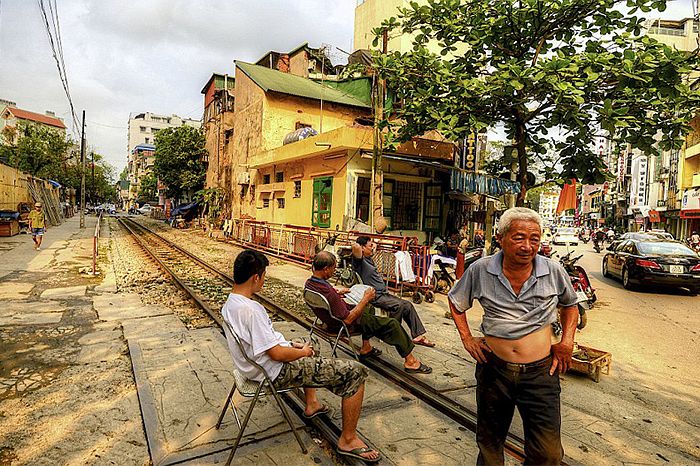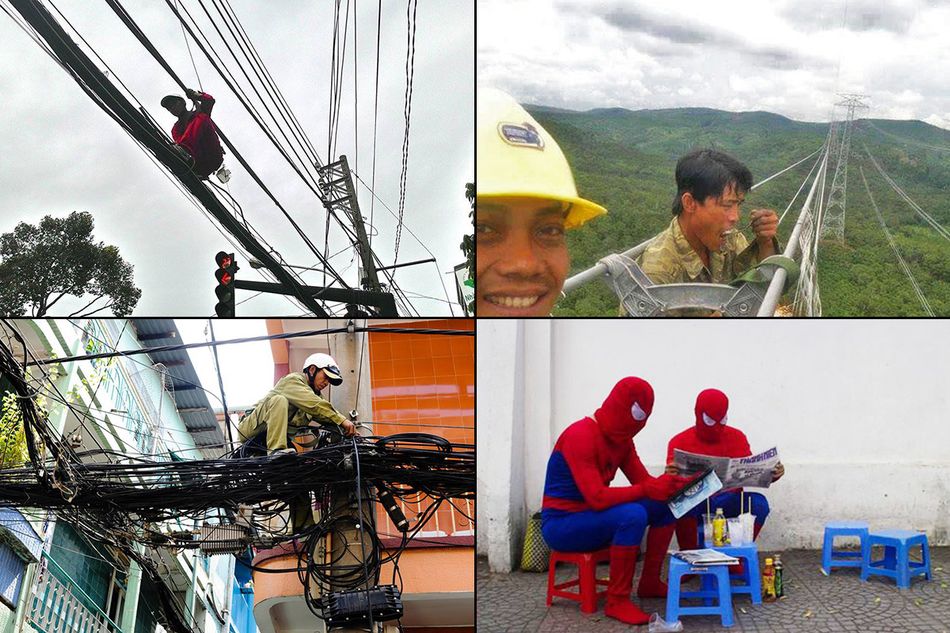Contrasting black and white is not a modern aesthetic. For a long time, it was a standard of grace for Vietnamese women for whom traditional beauty was judged by “white skin, black teeth.”
Blackening ones teeth is an ancient tradition for many East Asian ethnicities such as the Vietnamese, Thai, Malaysian and Japanese.
In Vietnam, in addition to the Kinh – the biggest Vietnamese ethnic group - the custom was commonly practiced among the country’s minorities as well.

Blackening teeth might sound unappealing but it is a very complicated process with a miraculous outcome:
The method involves ‘cleaning’ one’s teeth with dried areca, sea salt and coal powder for 3 days before the dying process begins. 1 day in advance, one must chew on limes and clean their mouth with rice wine to soften and thin out tooth enamel. The citric acid acts as a corroding agent, making this the most painful phase of the entire process as acidification causes inflammation in the lips, mouths, teeth, gums and throat.

After suffering through this, a piece of cloth, soaked with a shellac and lime juice mixture is applied to the teeth after dinner and is replaced with another at midnight. One may not open their mouths the whole night and must not chew, but swallow when they eat – this lasts 7 days until their teeth are coated with a dark red color. Only then is it time to dye one’s teeth for 2 days with a substance consisting of alum and shellac at which point the teeth are enveloped in a glossy, black color. Next up is a layer of glue, made from coconut, to shield the freshly blackened choppers. The treatment can last over 20 years with proper care but the process is repeated annually to maintain the color.
Blackening teeth had been more popular in central and north Vietnam than in the South and it was only in the 20th century, with the arrival of Western civilization, social revolutions and women rights movements that the tradition receded.
It is preserved in folk songs, proverbs and poems, and still practiced, though scarcely, with some minorities such as the Lu in Lai Chau and the Muong in Hoa Binh.
[Photos via Peter Nijenhuis and Jeff Butterworth]














